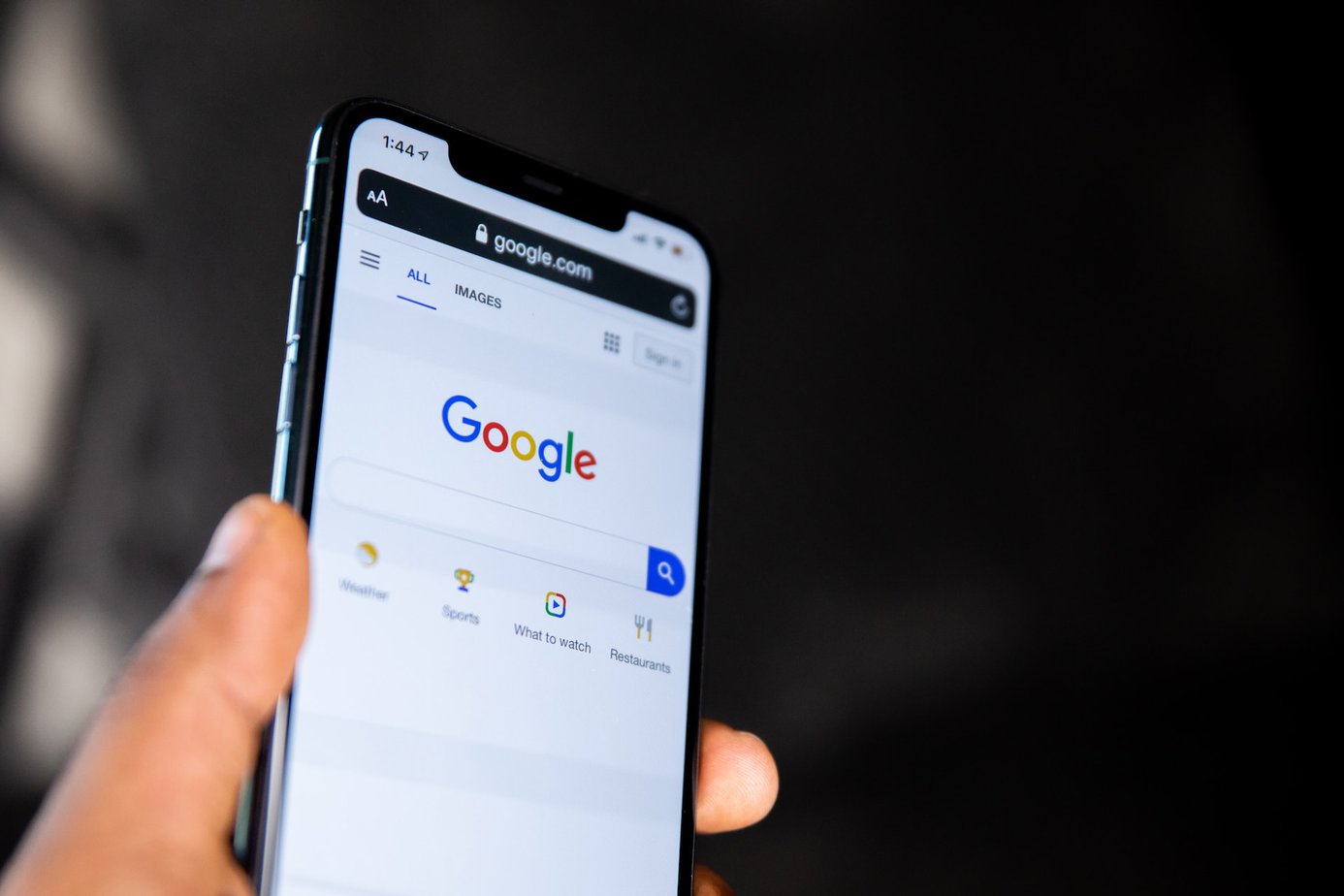
On-page SEO, or search engine optimization, elements are the components of your website that help search engines such as Google crawl and index your site in order to make it more visible to people searching on relevant terms. If you want to rank highly in Google, then you’ll want to use these s six essential on-page elements correctly.
From the very beginning, it should be emphasized that only Google knows the entire list of ranking factors (it is estimated that there are about 200 of them). However, over the years of work, experts have managed to decode some of them. Therefore, if you care about a high ranking position, it is worth considering working with a professional Meath SEO agency.
There are many factors that Google takes into consideration when it comes to determining the quality of a website and where it should rank. These include things like the age of the domain, the quality of the content, how often the site is updated, how many other websites link to it, and more. For this purpose, the search engine uses the help of algorithms and web robots that search, scan and evaluate the pages.
However, there are some on-page elements that can help boost your chances of ranking well in Google. The following six points detail some key items you can work on to improve your chances at ranking high in SERPs.
Your title tag is one of the most important element. It tells Google what your page is about and helps you rank for relevant keywords. If that so, include keyword phrases that match the intent of the content. Be as specific as possible to make it easier for people to find what they’re looking for. Don’t try to stuff too many words into a single line or paragraph because it looks messy and clutters up the page. Make sure that each word has only one space after it so that spacing is even across all lines. Research has shown that the optimal number of characters for a tag is 60. Try to keep it so that Google does not “cut you”.
The meta description is the short description that appears under your page’s title in the search results. This is your chance to grab a searcher’s attention and tell them what your page is about. Ideally, you want your meta description to be up to 150 characters long, give or take 10-20. Keep it short and simple with just a couple of sentences – this will also make it easier for people who have read your post, but not had time to comment, to quickly sum up its main points. Also, don’t forget about call to action.
The ALT tag is used by web crawlers and image search engines when they cannot find an appropriate picture associated with a page’s content. It’s also used as a substitute when people share a link on social media and cannot provide a picture for it or if there are legal reasons why an image can’t be shared. The ALT tags should be keyword rich and descriptive so that it will be indexed correctly by search engines.
Tip: To create an ALT tag for your images, you can use a free tool like TinEye or to use the Image Properties panel in Microsoft Word or PowerPoint and then copy and paste the code generated by the tool into your webpage code.
A well-optimized URL can help your page rank higher in search results. Keep your URLs as short as possible, while still conveying their information. Avoid using any extra words, including ones that have nothing to do with the subject of the post (e.g., click here). Do not use capital letters or special characters that do not need to be there. Avoid using generic terms like click here and read more. The address should be understandable, legible and easy to remember, so that the user can easily return to the site.
In the world of SEO, content is king. Your website’s textual content is what tells Google what your website is about, and it’s this information that helps Google decide where to rank your site in its search results. That’s why it’s so important to make sure your website’s text is well-written, keyword-rich, and informative. Focus on length and quality. Don’t forget about titles and subtitles that will allow you to divide the text into smaller fragments. As a result, it will be more pleasant to read and easier to read on mobile devices.
By linking to other pages on your website, you can help search engines understand the structure of your site and improve the indexing of your content. This way, you direct the traffic on your website and try to make sure that no subpage remains dead. Use the breadcrumbs menu, categories, filters and create the “if you want more” tab.
To sum it up, these are the five most essential on-page elements that you need to focus on if you want to rank higher in Google: title tags, meta descriptions, header tags, images and alt text, and internal linking. These things should be at the forefront of your mind when you’re optimizing your website. If not, they could lead to a decrease in traffic, loss of sales, or worse: penalties from Google! The steps may seem daunting but by following this blog post’s advice you’ll see results right away. There are a lot of different things that go into optimization, and it can be overwhelming to try to do it all yourself. That’s why working with Limerick SEO agency.
Main photo: Solen Feyissa/unsplash.com